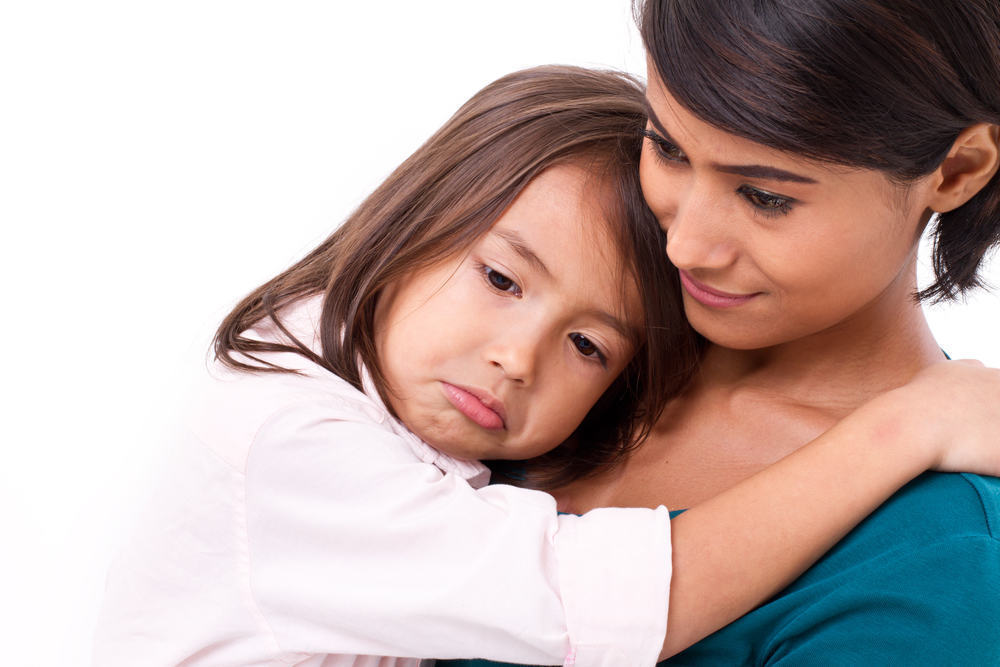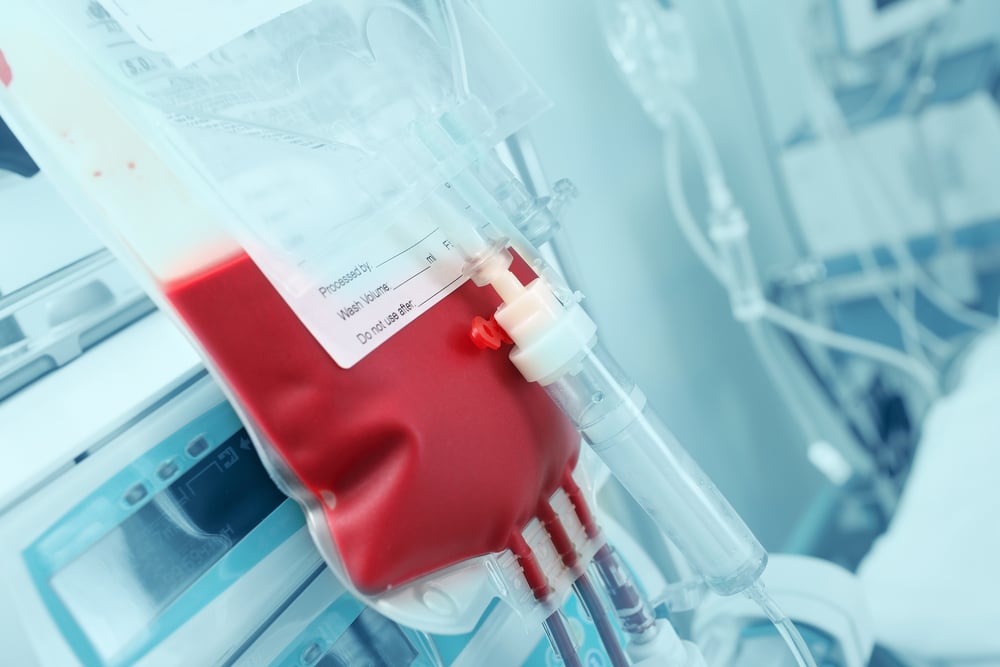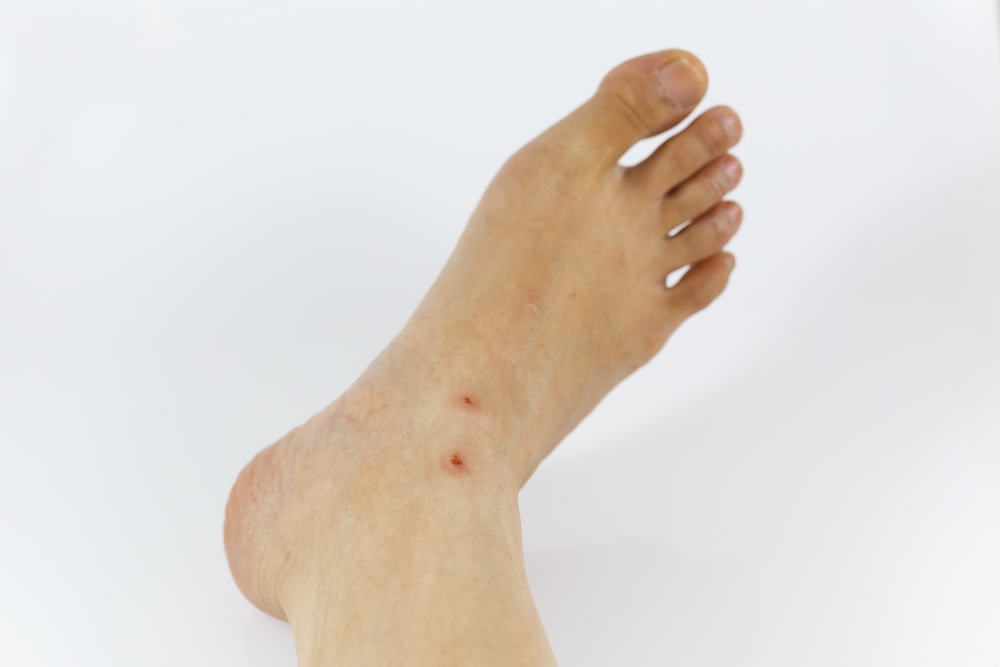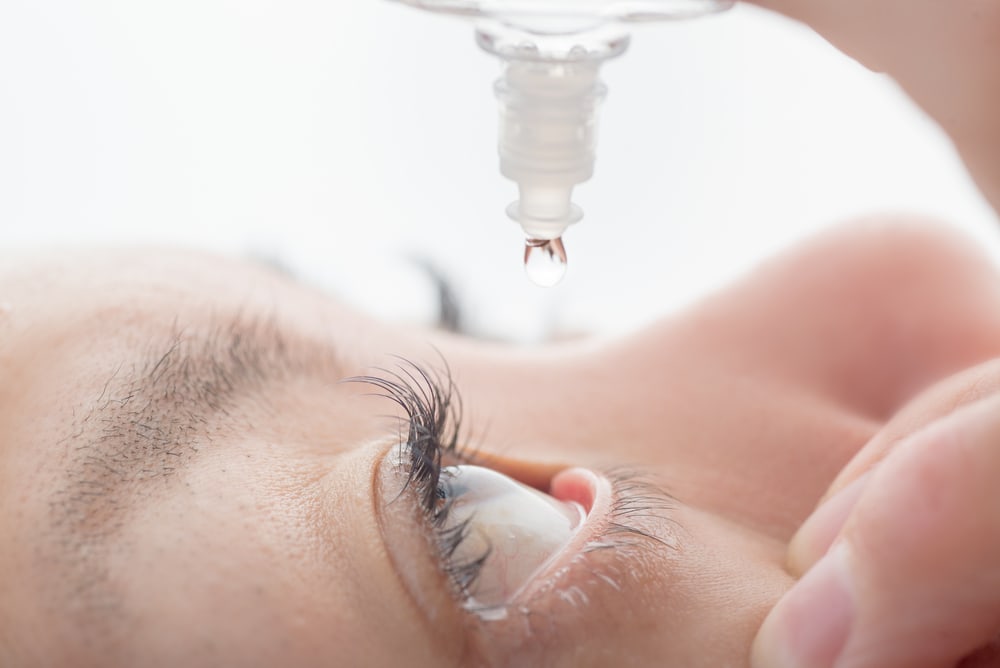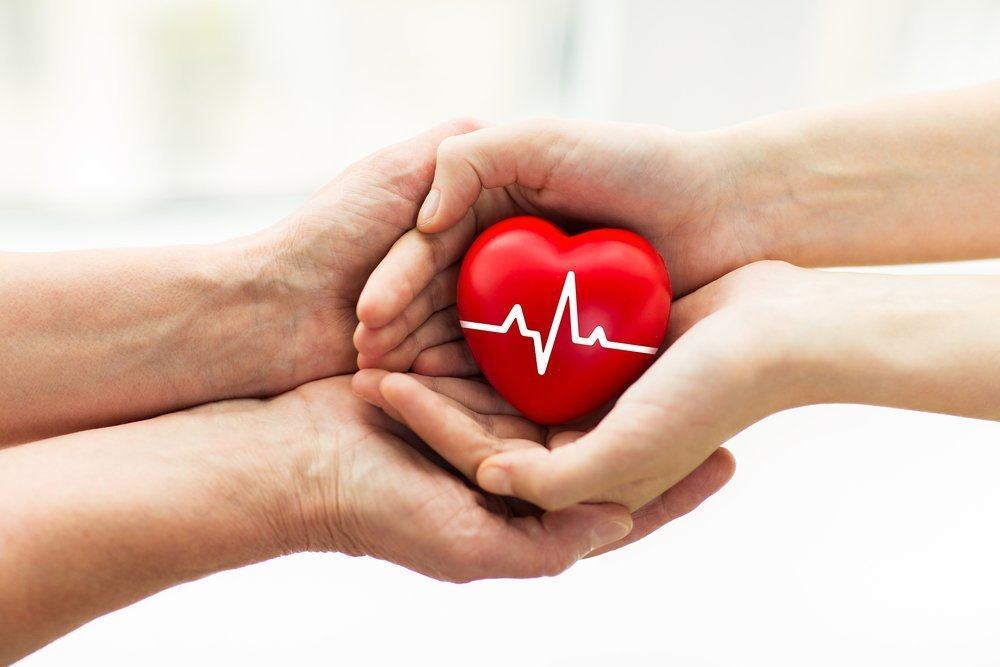Contents:
- Medical Video: Iron Deficiency Dangers in Children
- Regarding iron deficiency anemia
- Causes of anemia in children
- Symptoms of anemia in children
- Diagnose anemia in children
- Treatment of anemia in children
- Prevention of anemia in children
Medical Video: Iron Deficiency Dangers in Children
When you hear the word iron, you might imagine a skyscraper supported by metal and iron beams to make it sturdy. Not only buildings, humans also need iron (iron) to stay strong.
Iron helps red blood cells carry oxygen to the body and plays an important role in maintaining brain and muscle function. Lack of iron in the blood can cause iron deficiency anemia, a malnutrition condition that is common in children.
Regarding iron deficiency anemia
Every piece of red blood cells in the body contains iron in its hemoglobin. Hemoglobin is a protein that carries oxygen from the lungs to all body tissues. This protein is used by iron as a binder of oxygen in the blood, so that oxygen can be flowed normally.
Iron-deficient people usually do not get enough iron intake in their daily diet. As a result, the body cannot make hemoglobin, so the number of red blood cells produced will decrease. This condition is called anemia. When a person is affected by anemia, cells and body tissues will be deprived of oxygen so that it affects the body's performance.
Iron plays an important role in muscle function, energy generation, and brain development. As a result, children with iron deficiency may face learning difficulties and behavioral problems.
Causes of anemia in children
In developed countries, fulfilling balanced iron for babies does not seem to be a difficult thing. In general, breastfed babies tend to get enough iron from their mothers until they begin to recognize other foods and drinks. In addition, iron-rich formula babies also usually get enough iron intake.
Problems with iron deficiency anemia can also be experienced by toddlers who drink too much cow's milk (more than 24 ounces a day) and consume less iron-rich foods, such as red meat and green leafy vegetables. Basically, cow's milk is not a good source of iron. In fact, cow's milk inhibits the body from absorbing iron, which triggers anemia.
This problem can also occur in children who like to be picky about food. Because they tend to pick food, children may not get enough iron. Sometimes this condition is also supported by parents who find it difficult to find healthy foods that are high in iron. Vegetable children or adolescents also have the potential for iron deficiency, because iron contained in meat is more easily absorbed than iron in vegetables.
Teenage boys can also experience iron deficiency during puberty. However, this condition is more experienced by young women because their bodies cannot store more iron and lose blood during menstruation. Young athletes who often exercise also tend to lose more iron so they are exposed to iron deficiency anemia.
Symptoms of anemia in children
Iron deficiency anemia occurs gradually. First, the amount of iron in the body decreases and the child begins to have iron deficiency which affects the function of the muscles and brain. Red blood cells don't change much at this stage because the body uses most of the iron to make hemoglobin. But over time, the body begins to make fewer red blood cells so that it triggers anemia. At that stage, anemia symptoms that may be experienced, including:
- Body tired and weak
- Pale skin, especially around the hands, nails and eyelids
- Rapid heart rate or heart murmur
- Fussy
- Low appetite
- Headache or dizziness
In rare cases, children with iron-deficiency anemia will experience pica, eating disorders characterized by the desire to consume goods (non-food), such as paint flakes, lime, or dust and dirt.
Diagnose anemia in children
Iron deficiency anemia is generally diagnosed at the time of examination. Babies must undergo blood tests for anemia in their first year. Doctors sometimes do earlier tests for certain children, such as premature babies who have lower iron levels at birth than normal babies.
Doctors can predict the possibility of iron deficiency in children who tend to appear weak. The doctor will ask for food intake and growth of the child to do a blood test to check the level of hemoglobin or iron that is low as a trigger for anemia. In addition, doctors may test feces because iron deficiency anemia is sometimes caused by gradual blood loss through the intestinal tract.
Treatment of anemia in children
Usually, children with iron-deficiency anemia need iron supplements every day to restore normal iron levels. Provision of iron-containing multivitamins and changes in children's diet can help, but usually these steps are not enough. Consult your doctor before giving iron supplements to your child, because too much iron can actually cause health problems.
Iron must be consumed on an empty stomach or only a small amount of food is filled. Avoid giving iron along with milk or caffeinated drinks. Because the two types of drinks interfere with the absorption of iron optimally. Instead, you can give him orange juice and other foods high in vitamin C to help iron absorb better.
Within one or two days after getting iron, children should feel better and appetite returns to normal. Over the next month, blood will make more red blood cells so that the hemoglobin level also rises. Usually, iron supplements take 3-6 months to correct this deficiency. However, there are some children who need a longer time to recover iron levels.
If the treatment is not successful, the sign is that the child's body does not absorb iron optimally or the given dose is wrong. In this case, the doctor may do a blood test to see how iron levels are after the last treatment. Children with severe cases of iron deficiency anemia may require blood transfusions or treatment from a specialist.
Prevention of anemia in children
Preventing iron deficiency is the same as preventing behavioral problems and long-term learning. Here are some tips your child can do:
- Infants under 1 year old should only be given ASI or formula containing iron. After about 6 months of age, babies should be given an intake of iron-fortified solid foods.
- Children under 2 years should not be encouraged to consume milk more than 24 ounces a day. Iron-fortified products, such as cereals, can be a great way to help children get more iron.
- Good sources of iron include: red meat, dark colored poultry, salmon, tuna, egg yolks, green leafy vegetables, dried peas and beans, molasses, dried fruits and raisins, and whole wheat bread. Serve these foods with foods or drinks that are rich in vitamin C (tomatoes, broccoli, orange juice, strawberries, etc.), which can help increase iron absorption by the body.
- Try cooking food in an iron pan that can help enrich foods with iron.

